How to straighten a wire?
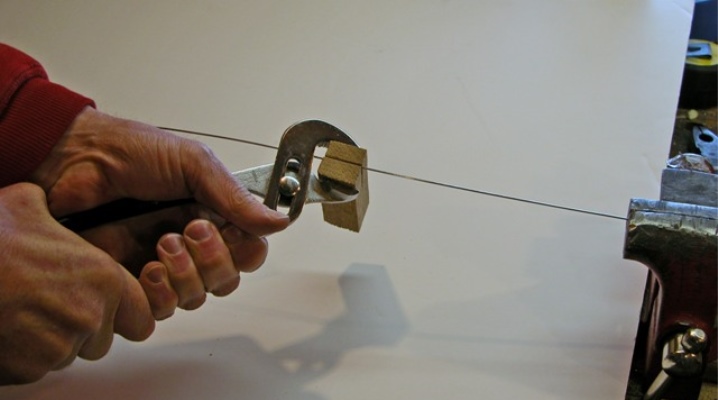
Sometimes, when working in workshops or for domestic purposes, pieces of flat wire are required. In this situation, the question arises of how to straighten the wire, because when manufactured in factories, it is packed in rounded bays - this form is ergonomic, it facilitates storage and further transportation. To straighten steel, copper or aluminum wire, you should make some effort and use simple devices.
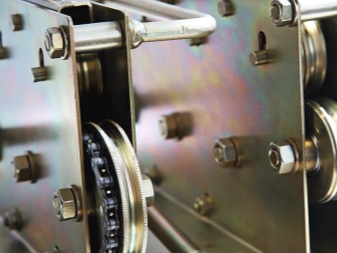

Industrial methods
In production conditions, straightening and cutting machines are used as a wire straightener of all types. The process itself is based on two basic techniques.
The first assumes distribution by rolling through a block of 5-6 pairs of rollers positioned stepwise in different planes so that each subsequent one is perpendicular to the previous one.
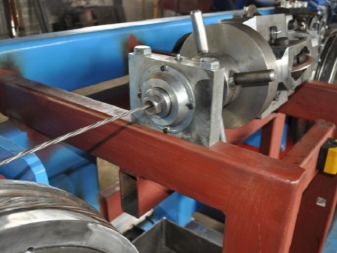
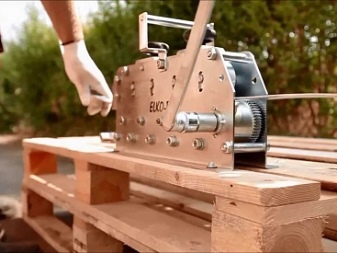
The second method is based on straightening by drawing through a special die.
In most cases, such techniques provide for a specialized device that allows automatic unwinding of rods from coils.
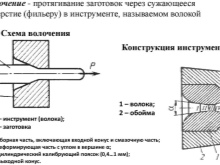
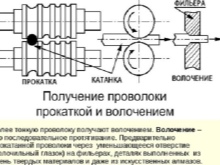
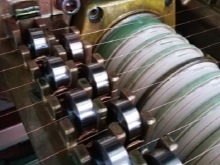
If the features of the technology involve the use of alloyed steel bars or elastic types of wire, then preheating of the steel material will be required using high-frequency induction heaters or specialized gas burners.

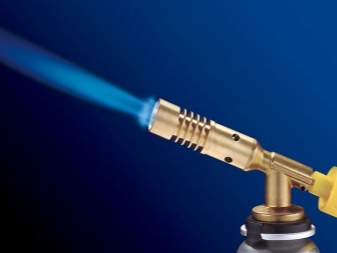
How to straighten without a machine?
At home, the wire is straightened for grounding, lightning protection and some other work. It is unlikely that in everyday life you can find a high-quality roller machine that can align wire with a cross-sectional diameter of more than 2 mm - this is expensive, and the process itself is quite laborious. The purchase of special equipment also makes no sense if the need to unwind the bar is of a one-time nature. Therefore, in order to straighten metal wire from a coil or coil, you can use the nodal voltage method. For this purpose, a certain sequence of actions should be performed.

One end of the bar is firmly fixed to something bulky, heavy and solid. For example, they are wrapped around a power post or a strong tree, the trunk diameter of which is at least 25 cm.
After that, the wire is unwound along the ground by hand, stretching as much as possible while doing so. At the other end of the wire unwound in this way, a loop is formed and fixed in a device that can be pulled with great effort - that is, this device must move a certain distance.
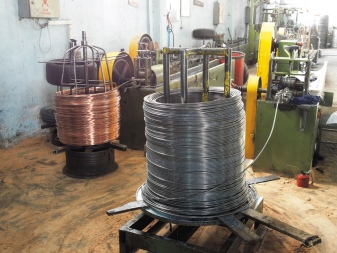
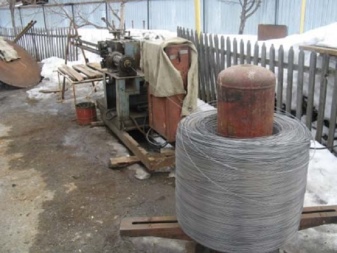
The straightening process itself boils down to slowly stretching a metal workpiece with maximum effort until its shape takes the form of an ideal string.
To fix the resulting rectilinear shape, the wire must be left in this taut state for a short period - from 10 minutes to half an hour.
For such work, you can use a variety of devices - it directly depends on the parameters of the cross-section of the bar. So, for a product with a diameter of less than 2 mm, there will be more than enough steel scrap, as well as the combined physical efforts of a couple of strong men. And also in this case, you can use a mechanical winch. But rods with a diameter of 5 mm and above will require much more significant efforts - for it they use the dynamic force of a tractor, a truck or a hitch of a passenger car.
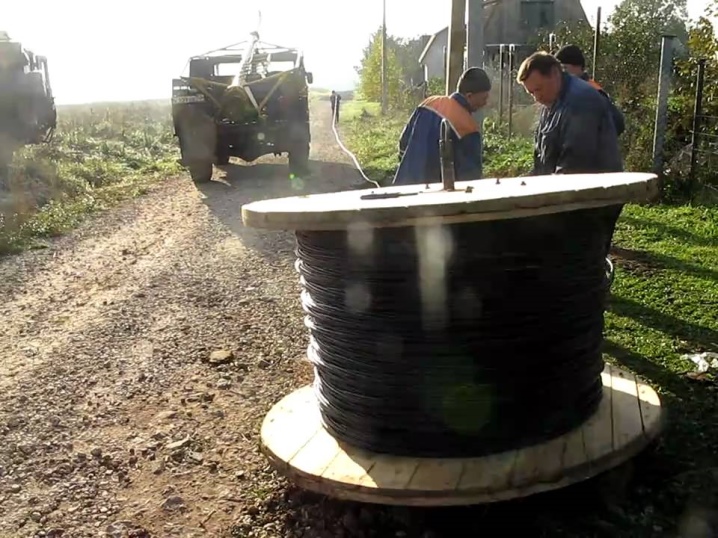
Please note that straightening a wire with a diameter of more than 5 mm, if it is made of alloy steel, will require not only tension to the state of the string, but also subsequent stretching. It must be carried out until the bar bursts. Usually, a break occurs at the attachment site at one of the ends of the string - at this moment it is best to be as far away from the stretched wire as possible.

We align at home
Metal wire twisted into coils can be conventionally called flat. To straighten it, you need to make a little effort to neutralize the curvature of the radius.
In the event that you are dealing with broken remnants of material, the task becomes much more complicated. Illiquid leftovers are all kinds of zigzags, twisted in different directions from the axis.
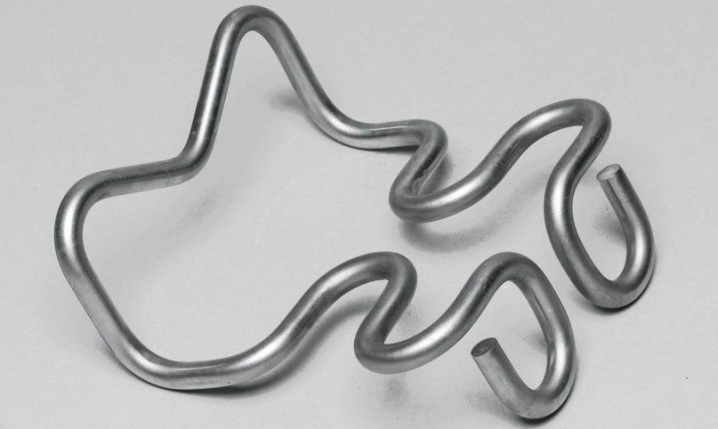
However, in this case, straightening of the bars to an even state is possible. There are several effective methods for straightening wire - depending on the degree of complexity, they give different results in the output.
So, to even out the creases on the metal wire, it is necessary to fix both its ends in your hands and roll with physical effort through a thick pipe or a door handle.
A good effect can be achieved by placing curved segments on a workbench, then covering it with a wooden bar and starting to roll it. This will allow the wire to move freely, and, as a rule, 4-5 such rolls will give the desired effect.
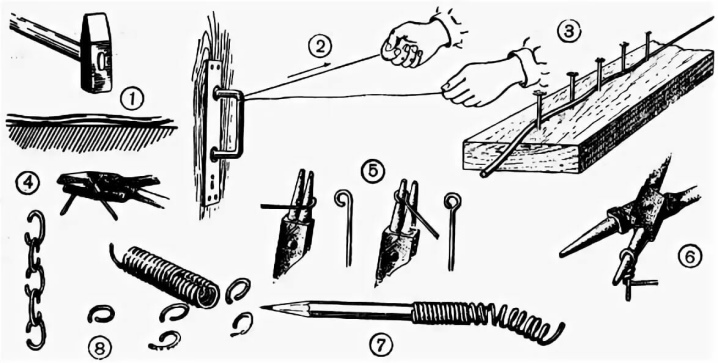
To straighten the copper wire with one end, it should be fixed at a height, and at the other end, hang a volumetric weight of medium weight - it should not break the bar. This weight must be rotated in a clockwise direction, and then back several turns around its axis in each direction.
After 5-10 minutes, you can achieve almost perfect results.
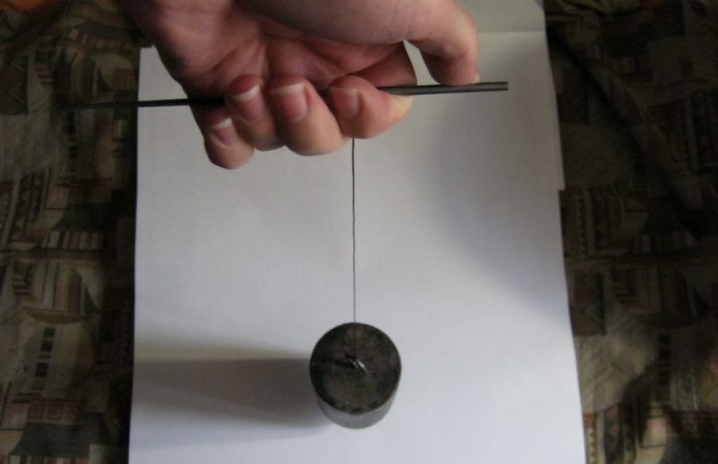
A similar option: fix one side of the bar in a vice, and clamp the other into the chuck of a drill or screwdriver... In this case, the distribution is carried out due to slow rotation with a one-time holding of the product in a state of high tension - usually several revolutions are enough for the final straightening.
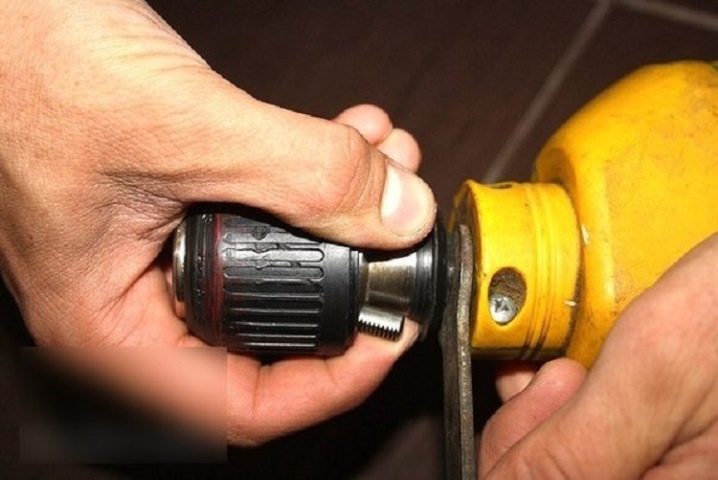
A screwdriver or drill can also be used to straighten short pieces of wire - no more than 30 cm.To do this, in a small wooden block you need to make holes a little larger than the wire itself and pass one end of the bar through it, fix the other in the chuck and start slowly rotating so that the rod was pulled through the hole.
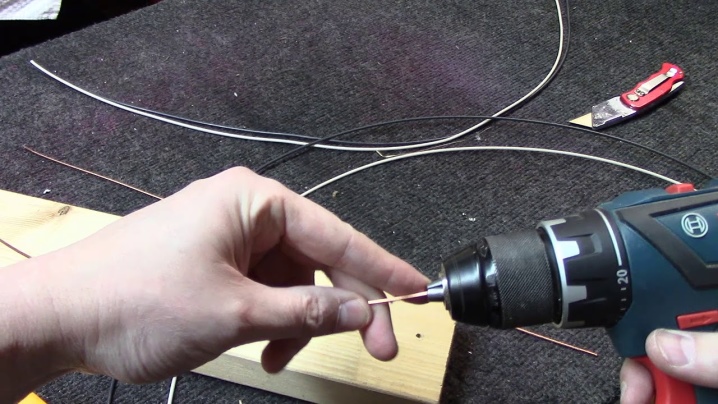
If you have some work skills, you can make a very simple and at the same time budget hand tool with your own hands. You will need a wooden board with dimensions of 500x120x50 mm in a straight line with a small indent by the size of the wire diameter. 5-7 nails with a diameter of 4-5 mm are driven into it, the removal between them directly depends on the size of the workpiece and the degree of its elasticity - for a thin wire, the gaps should be smaller, for a thick one - more.
The straightening is done by pulling the wire between the nails along a dedicated marking line.
See below for how to straighten the wire.













The comment was sent successfully.